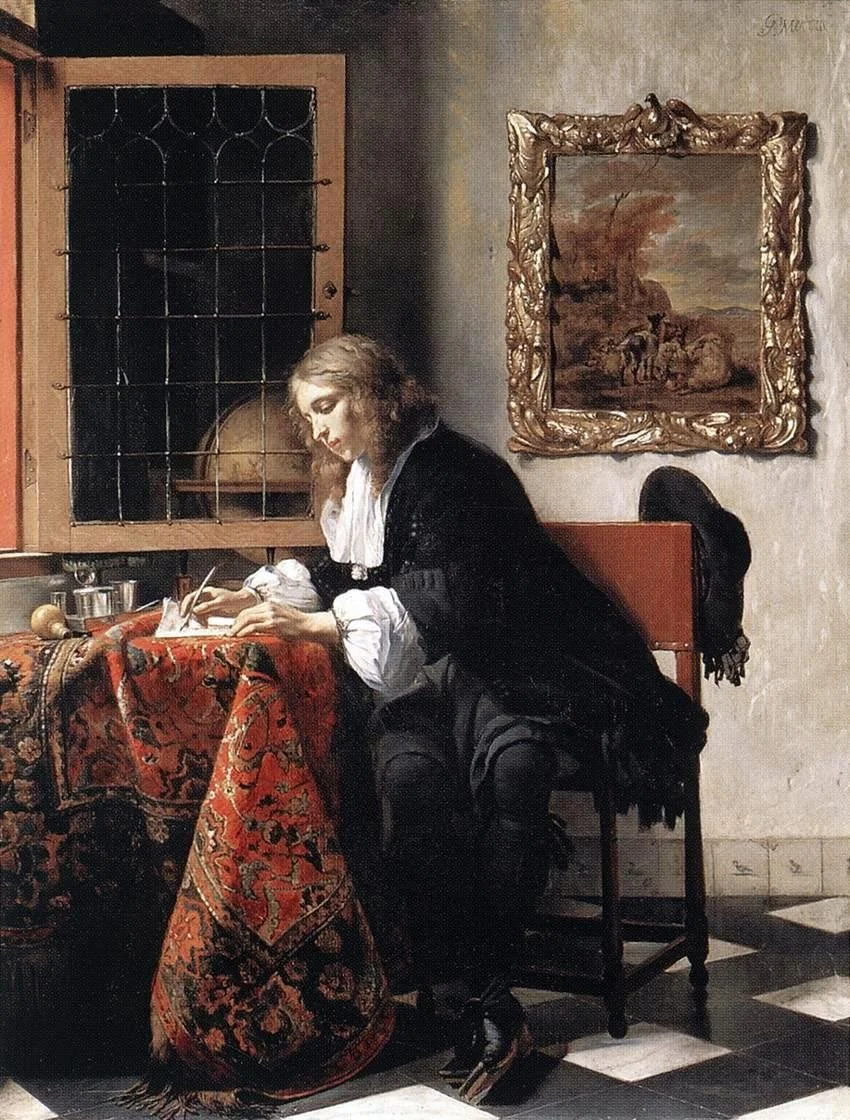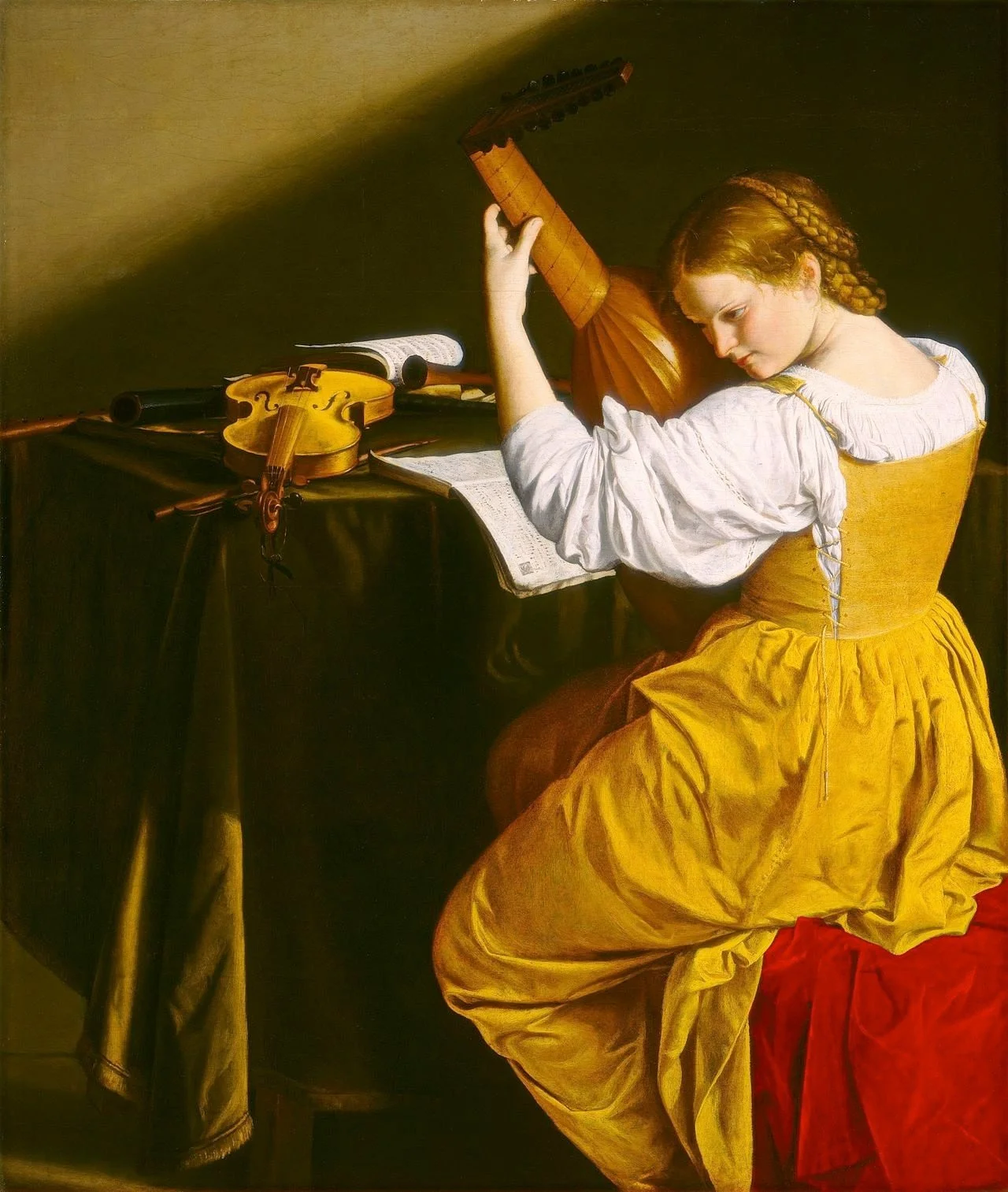Reconstructing Luzzaschi: A Hypothetical Four-Part Version of 'Ch’io non t’ami, cor mio'
The 1601 publication of Madrigali per cantare et sonare a uno, e doi, e tre soprani by Luzzasco Luzzaschi represents a landmark in the history of Italian madrigal composition. For the sake of this reconstruction experiment, I chose to work with the assumption that the keyboard accompaniment represents indeed an intabulation of a lost four-voice madrigal. My goal was to reverse-engineer how this hypothetical original might have sounded. The first solo madrigal I chose to reconstruct in polyphonic form was Ch’io non t’ami cor mio.
Portraying Madness: Anne Bracegirdle’s Journey in Restoration Theatre
Anne Bracegirdle (c. 1671-1748) was a famous actress of the late 17th and early 18th century, renowned for portraying virginal characters on stage, even as her offstage life was tinged with scandal and violence. Bracegirdle was known for singing mad songs, which were popular at the time and often the centerpiece of a play. She was so popular that playwrights and composers frequently created these songs specifically for her talents.
Nicholas Lanier and His Songs: Tradition and Innovation in 17th-Century English Music
Nicholas Lanier (1588–1666) was a central figure in 17th-century English music, renowned as a composer, singer, lutenist, and painter. A friend of prominent artists such as Rubens and Van Dyck, he was the first Master of the King’s Music under Charles I. Lanier introduced significant innovations to English music, notably influenced by Italian monody, while maintaining elements of the traditional Elizabethan style, creating a blend of innovation and tradition in his work.
L’Air espagnol en France: Spanish Airs de Cour from 1578 to 1668
From the last decades of the 16th century through the mid-17th century, a fascinating blend of French and Spanish musical traditions emerged, with Spanish lyrics set to French airs, reflecting Spain's significant influence at the French court.
‘To Plead My Faith’: Passionate Anguish and Courtly Love for Elizabeth I
"To plead my faith," a sonnet written by Robert Devereux, Earl of Essex, captures his tumultuous relationship with Queen Elizabeth I. This poem, set to music by Daniel Batchelar, was published in Robert Dowland’s 1610 collection “A Musicall Banquet.” The British Library, Add. MS 24665, “Giles Earle's Book,” from 1615, contains a heavily embellished version of Batchelar's song.
“Art thou that she than whom no fairer is?”: Three Versions from 17th Century Manuscript Sources
The anonymous song "Art thou that she" is found in a simple setting in British Library, Add. MS 24665. However, British Library, MS Egerton 2971 and Christ Church Library, MS Mus 439 feature settings with written-out embellishments.
Correa l’ottavo giorno: Lamento di Marinetta moglie di Massaniello from I-Bc MS Q.47
In the seventeenth century, amid the backdrop of political turmoil in Naples, an interesting piece of music emerged known as "Lamento di Marinetta, moglie di Massaniello." This anonymous cantata, composed in the recitativo style with a text by Francesco Melosio, centers on the widow of Massaniello, a Neapolitan fishmonger who briefly led a 1647 anti-Spanish revolt.
Love Letters in Music: Lettere Amorose from 17th Century Italy
The emergence of the love letter in music can be traced back to the development of monody, a vocal style characterized by a single vocal melody accompanied by a simple basso continuo, allowing for greater expressive freedom and highlighting the importance of text.
I-Bc MS Q.43: 17th Century Roman Lamentations for Holy Week
In seventeenth-century Rome, Holy Week witnessed the full variety of musical expression, from chant through polyphony to monody. The settings of the Lamentations of Jeremiah for performance during Holy Week were widely diffused throughout the Seicento, which saw the diffusion of the repertory at the height of the Catholic Reformation.
Egerton MS 2971: A Source for Ornamented Versions of Early 17th Century Italian and English Songs
The British Library Egerton MS 2971 is a important source for ornate versions of early seventeenth-century Italian and English songs and pieces for lyra viol. It contains thirteen highly ornamented settings, some of which are unique, while others are known in simpler versions.
The British Library Add MS 11608: A Source of 17th Century English Songs and Ornamentation
The British Library Add. MS 11608 is one of the largest and most important sources of mid-seventeenth-century English songs, particularly for the details it provides on vocal ornamentation, comprising over seventy songs and dialogues, as well as 3-part catches, compiled between 1652 and 1660.
Depictions of the Virgin Mary in Italian Solo Song of the 17th Century
During the 17th century, many composers turned to the theme of the Virgin Mary, seeking to praise her or depict her sorrow at Christ's crucifixion in their works. Some of these compositions were particularly focused on portraying her grief and desperation in a powerful and moving way.
La bella peccatrice: 17th Century Cantatas on Mary Magdalene
Mary Magdalene is a prominent figure in devotional literature, inspiring a multitude of writers, thinkers, believers, and artists due to the multifaceted nature of her personality and the manifold distinctive features she embodies.
Baroque Women Composers
Women have made significant contributions to music throughout history, and the Baroque era is no exception.
English Mad Songs
In the 17th century, English mad songs were a popular form of music that combined elements of poetry, drama, and music to create a powerful emotional experience.
17th Century Italian Laments
Lamento is a musical genre that emerged in Italy in the early 17th century, during the transition from the Renaissance to the Baroque period.















